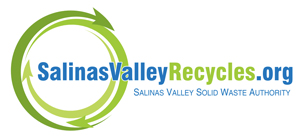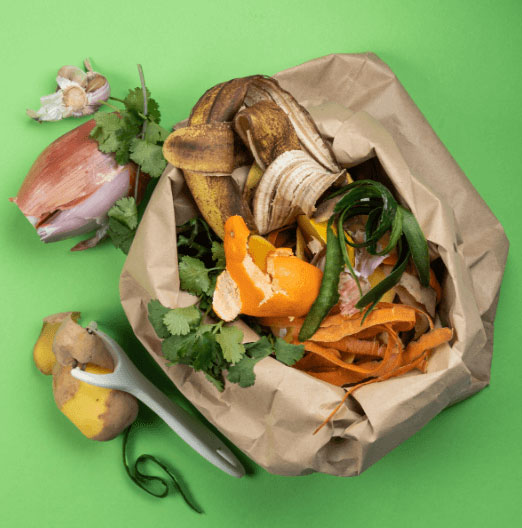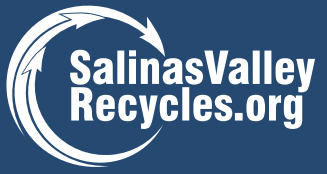- About
- At Home
- At Work
- At School
- Community
- Learn with Us
- Facilities
- Government
- Government
- Meetings – Agendas, Minutes, Schedules & Videos
- Board of Directors
- Authority Code
- Conflict of Interest Code
- Joint Powers Authority Agreement
- Government Transparency
- Budget Transparency
- Public Records Request
- RFP and Contract Opportunities
- Enterprise Systems Catalogue (SB272)
- State Controllers Compensation Page
- Web Accessibility Statement
























